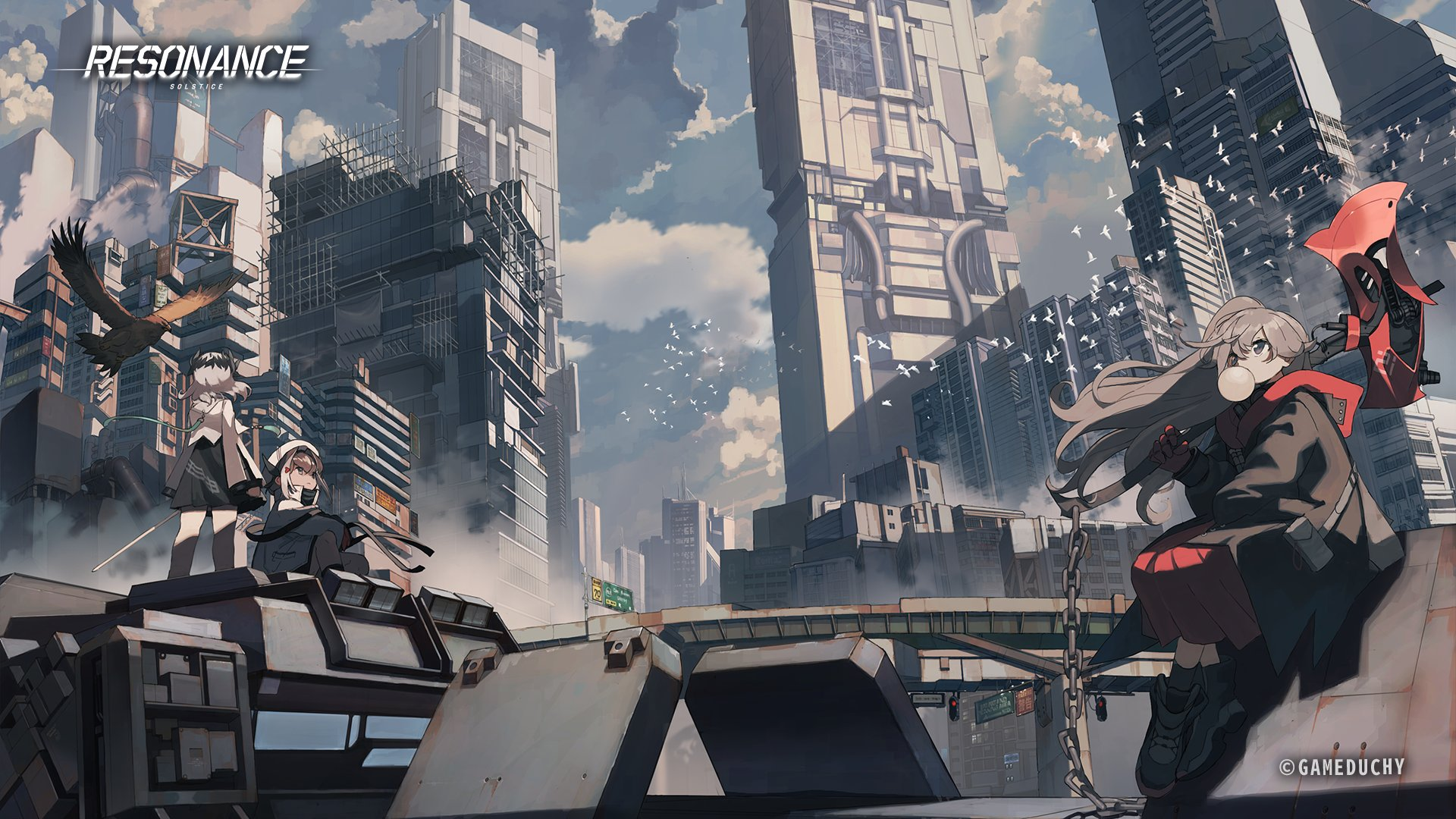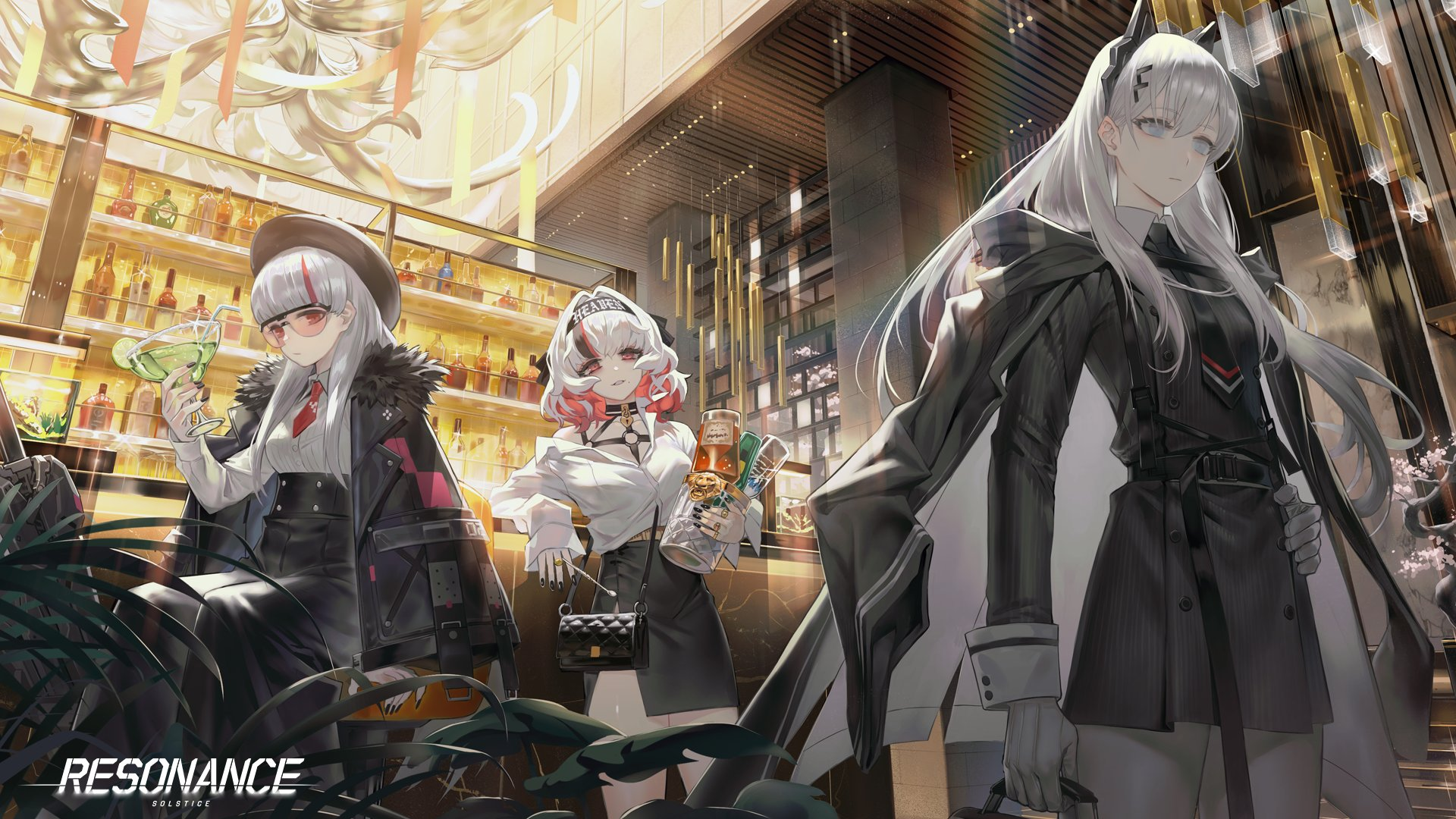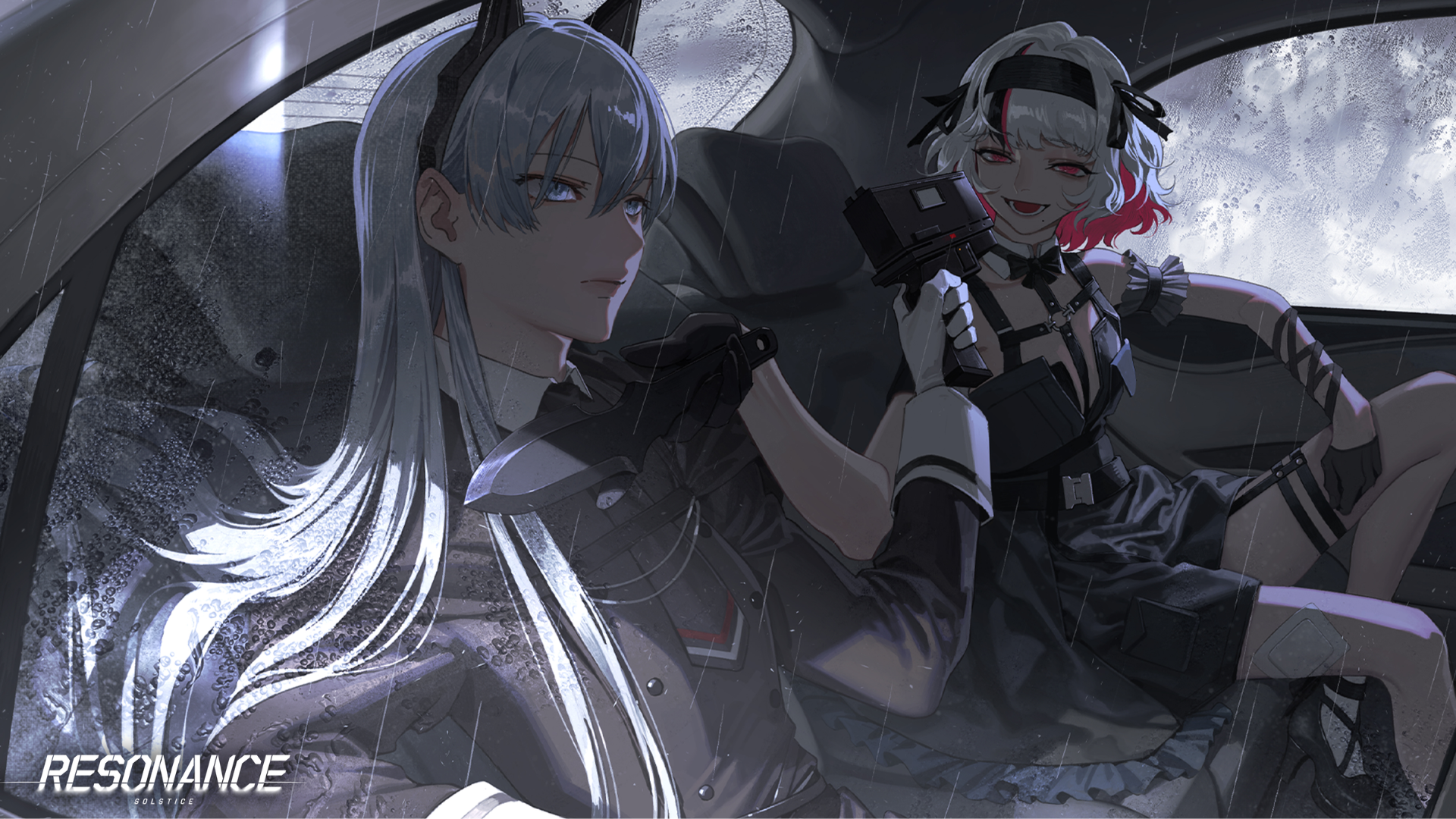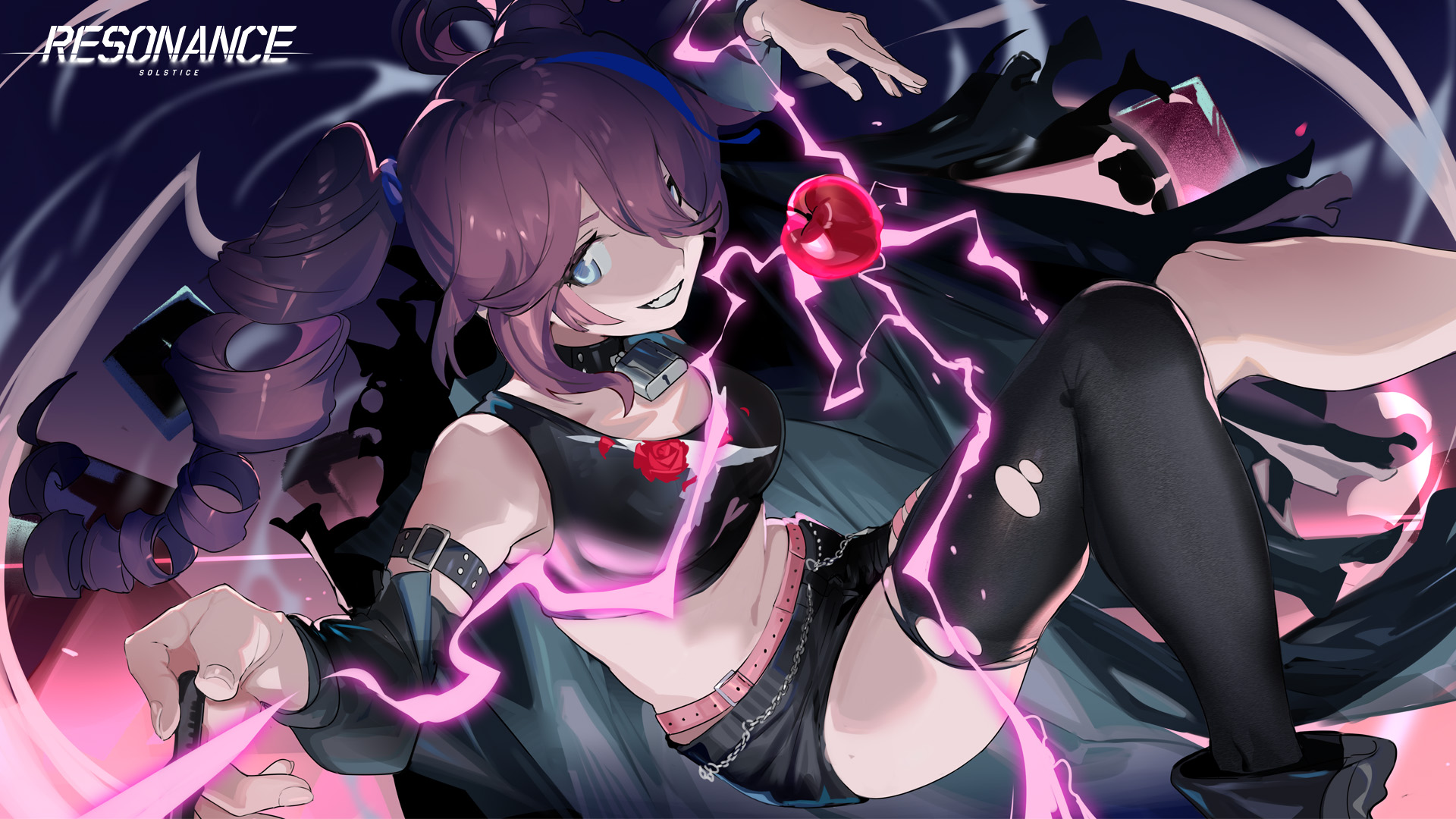Resonance Solstice Advanced Trading & Transport Optimization Strategies
Mastering the trading economy in Resonance Solstice separates casual conductors from merchant empire builders, as profitable trading is the backbone of progression, funding train upgrades, crew expansions, and resource acquisition. While basic “buy low, sell high” principles provide foundational understanding, advanced players leverage dynamic trade simulation mechanics including market event exploitation, route hierarchy optimization, cargo weight management, and crew skill synergies that multiply profit margins by 200-400% compared to novice trading approaches. This comprehensive guide reveals expert strategies for maximizing BCRL coin generation, building efficient multi-city trade networks, timing market fluctuations, optimizing train configurations for specific routes, and establishing passive income streams that accelerate endgame progression.
Understanding Advanced Market Mechanics
Dynamic Price Fluctuation System
Unlike static vendor systems in traditional RPGs, market prices in each settlement shift dynamically based on global trading activity. These fluctuations respond to:
Player Trading Volume: High-volume commodity sales in specific cities reduce local prices through oversupply, while sustained buying pressure inflates prices.
Time-Based Scarcity: Certain resources enter shortage cycles every 48-72 real-time hours, creating predictable price spikes for prepared merchants.
Faction Mission Effects: Completing faction contracts alters regional supply chains, industrial missions reduce mineral costs while agricultural quests lower food prices.
Random Trade Events: Weekly trade festivals occur in major hubs, increasing payouts by 25-40% during celebration periods.
Reading Market Intelligence
Advanced players monitor the in-game news system to anticipate price hikes and shortages. News bulletins telegraph upcoming market shifts 12-24 hours before they occur, allowing strategic stockpiling:
“Bonfire City Steel Shortage” = Mineral Alloy prices will increase 40-60% within 24 hours
“Meridian Harvest Festival” = Organic Fiber demand doubles during 72-hour celebration
“Polluted Outskirts Quarantine” = Morphic Dust exports halt, creating supply vacuum in dependent cities
Route Hierarchy and Network Design
Three-Tier Route System
Design your railway network with strategic tiers that balance profit, risk, and frequency:
Profitable Primary Loop Examples
Efficient loops should always end in high-demand hubs like Auric League Bastion or Bonfire City where trade taxes are lower.
Circular vs Linear Route Planning
Circular Routes: Set profitable trading routes between 3+ cities that create closed loops. Example: Bonfire City (buy minerals) → Auric Bastion (sell minerals, buy food) → Meridian Outpost (sell food, buy fuel) → Bonfire City (sell fuel).
Advantages:
- Continuous profit accumulation without backtracking
- Each leg generates revenue rather than empty return trips
- Cargo diversification reduces single-commodity market crashes
Linear Routes: Direct point-to-point deliveries focusing on single high-value commodity chains.
Advantages:
- Simpler logistics management
- Faster completion for time-limited contracts
- Better for exploiting temporary price spikes
Cargo Weight and Load Optimization
The Weight-Speed-Profit Equation
Every train car has a weight limit, influencing engine speed and resource upkeep. Overloading reduces travel efficiency by 15-30% and increases fuel costs proportionally.
Optimal Loading Strategy:
Balance light valuable goods (electronics or morphic crystals) with denser bulk materials (ores or rations). A well-optimized cargo manifest includes:
- 40% high-value lightweight items (Morphic Dust, Electronics, Rare Artifacts)
- 40% medium-density profitable goods (Processed Food, Medicine, Fuel Cells)
- 20% bulk commodities (Raw Ores, Construction Materials, Water)
This distribution maximizes profit-per-weight ratios while maintaining reasonable travel speeds.
Cargo Capacity vs Speed Trade-offs
Advanced Tip: Monitor fuel use—train speed and cargo weight drain different amounts of fuel. Keep backup fuel cells to avoid emergency halts mid-route that waste time and expose cargo to raids.
Train Configuration for Profit Maximization
Component Synergy for Trading
Recommended Mid-Game Trading Setup:
3 Cargo Cars for variety and load flexibility
1 Armor Car for defense against marauder raids
1 Reactor Car upgraded for longer endurance
This design offers a good balance between load and survivability, essential for mid-level markets.
Upgrade Priority for Trading Efficiency
Prioritize upgrades in this order:
- Cargo Car Expandable Bays – Increases haul size directly improving profit per route
- Defensive Plating – Protects cargo during longer trips through polluted zones
- Reactor Efficiency Modules – Reduces travel time, enabling more daily routes
Each upgrade directly influences your net profit over distance. The initial investment pays for itself within 3-5 successful deliveries.
Specialized Configurations
High-Risk High-Reward Setup:
- 4 cargo cars maximizing load
- 2 defense cars with upgraded weapons
- Enhanced reactor for speed through danger zones
- Ideal for: Morphic Dust runs to Noctis Domain (15,000+ BCRL profit)
Speed Trading Configuration:
- 2 cargo cars minimal weight
- Advanced reactor with efficiency modules
- No defensive cars (relying on speed to avoid combat)
- Ideal for: Time-limited event deliveries, festival trading windows
Crew Skill Optimization for Trading
Logistics Crew Passive Bonuses
Assign logistic crew to cargo cars; their skills can passively boost trade profit margins by up to 10%. Crew members with trading-specific abilities include:
Nayuta (SSR Support): Increases cargo acquisition rates during trackside collection
Valentine (SR Support): Reduces fuel consumption by 8% when assigned to reactor compartments
Rina Von (SSR Buffer): Boosts trade negotiation success, improving buy prices by 3-5%
Crew Positioning Strategy
Place crew members in train compartments matching their skill bonuses:
- Cargo compartments → Logistics specialists
- Reactor compartments → Engineering crew
- Defense compartments → Combat-focused characters
- Living quarters → Support crew providing passive bonuses
Optimal crew distribution can improve overall trading efficiency by 15-20% compared to random assignment.
Market Event Exploitation
Trade Festival Windows
Trade festivals occur weekly in major hubs, selling goods during these periods increases payout by 25-40%. Festival schedules rotate between cities on 7-day cycles:
Week 1: Bonfire City Industrial Expo
Week 2: Meridian Harvest Celebration
Week 3: Solliner Port Maritime Festival
Week 4: Auric Bastion Trade Summit
Strategic merchants stockpile high-demand commodities during weeks 1-3, then flood festival markets during peak price windows for 300-400% profit multipliers.
Scarcity Event Timing
Temporary events change prices; sell high during city festivals or scarcity alerts. When news announces shortages:
- Immediately purchase affected commodity at current prices
- Hold inventory for 12-24 hours until shortage materializes
- Sell during peak scarcity for 60-150% price premiums
- Reinvest profits into next anticipated shortage
Advanced Income Streams
City Development Reputation System
Each successful delivery increases city bonds, unlocking faction shops and train upgrades. Raising development to Tier 3 or higher introduces specialty contracts, awarding exclusive traits and alliance bonuses.
Reputation Threshold Rewards:
| Reputation Level | Unlocks | Trading Benefits |
|---|---|---|
| Friendly (Level 2) | Basic discount at local shops | 5% reduced trade taxes |
| Trusted (Level 3) | Specialty contract access | 10% tax reduction, rare cargo missions |
| Allied (Level 4) | Faction-exclusive goods | 15% tax reduction, priority trade alerts |
| Honored (Level 5) | Legendary contracts, unique train parts | 20% tax reduction, market manipulation tools |
Focus reputation grinding on high-volume trading hubs like Auric League Bastion where frequent deliveries accelerate reputation gains.
Faction Trading Exploitation
When aligned with a faction (like Columba Union), special freight missions grant boosted rewards and exclusive items. Faction missions provide:
- 30-50% bonus BCRL on designated routes
- Exclusive access to rare materials unavailable through standard trading
- Preferential pricing at faction-controlled cities
- Protection during transport through faction territories
Passive Income Strategies
Trackside Collection Optimization
While traveling, collect scattered materials and “Lost Cargo Nodes”. Each successful pickup adds to your cargo manifest and sometimes includes rare Morphic resources needed for city workshops.
Manual vs Automated Collection:
Manual collection requires constant screen attention, tapping cargo boxes as they appear during travel. The Train QoL pack includes automated collection gear that automatically picks up all trackside items.
Value Assessment: Auto-collection transforms resource gathering from active obligation into passive accumulation, worth the premium investment for serious traders. Missing 20% of trackside collectibles over hundreds of routes creates massive material deficits.
Automated Trading Routes
Once routes achieve proficiency through repeated completion, the game unlocks “Auto-Route” functionality allowing trains to:
- Execute predefined trading loops without manual input
- Automatically purchase and sell designated commodities
- Return profits to central account while you focus on other activities
Set up 2-3 automated circular routes generating 15,000-25,000 BCRL daily from passive trading.
Risk Management for High-Value Cargo
Defense vs Profit Trade-offs
Long-distance high-profit routes through dangerous territories require defense loadouts protecting cargo from bandits and morphic beast attacks on risky routes.
Risk Assessment Matrix:
| Route Danger Level | Recommended Defense | Profit Multiplier |
|---|---|---|
| Safe (Green Zones) | No defense needed | 1.0x baseline |
| Moderate (Yellow Zones) | 1 defense car | 1.3-1.5x |
| Dangerous (Orange Zones) | 2 defense cars + combat crew | 1.8-2.2x |
| Extreme (Red Zones) | 3 defense cars + elite combat team | 2.5-3.5x |
Morphic Dust runs to Noctis Domain (15,000+ BCRL profit) require extreme defense configurations, but successful delivery yields week’s worth of standard route profits.
Endgame Trading Empire
Multi-City Network Control
Advanced merchants establish trade dominance across 8-10 major cities, maintaining Allied reputation with each. This network provides:
- Preferential pricing at all major markets
- Market manipulation capability through coordinated bulk buying/selling
- Exclusive contract access generating 50,000+ BCRL weekly
- Passive income streams from automated subsidiary routes
Trade Guild Coordination
Guild-based cooperative trading allows members to:
- Share market intelligence about price fluctuations
- Coordinate bulk commodity movements
- Pool resources for high-risk high-reward contracts
- Access guild-exclusive trade missions yielding premium rewards
Becoming a Trading Master
Mastering the trading system in Resonance Solstice means thinking like both a merchant and a strategist. Every city offers risk-versus-reward decisions that influence your prosperity and power progression. Balance your resources, plan dynamic routes, and use your cargo space wisely to become the most efficient Conductor in the wasteland. The wealthiest merchants don’t simply react to markets, they anticipate fluctuations, exploit temporary opportunities, and build self-sustaining networks that generate passive income while they focus on combat progression and story completion.



